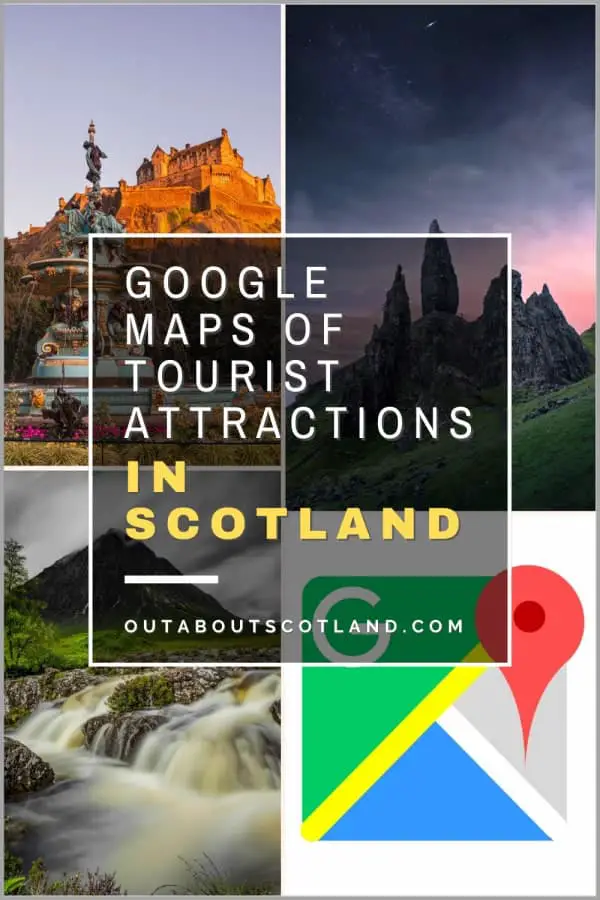Scotland has 11 bank holidays each year: New Year’s Day, 2nd January, Good Friday, Easter Monday, Early May, Spring Bank Holiday, Summer Bank Holiday (x2), St Andrew’s Day, Christmas Day, and Boxing Day. Discover suggestions for things to do on a bank holiday in Scotland with this fact-packed guide, which includes information about festivals and events as well as the top attractions in Glasgow and Edinburgh.
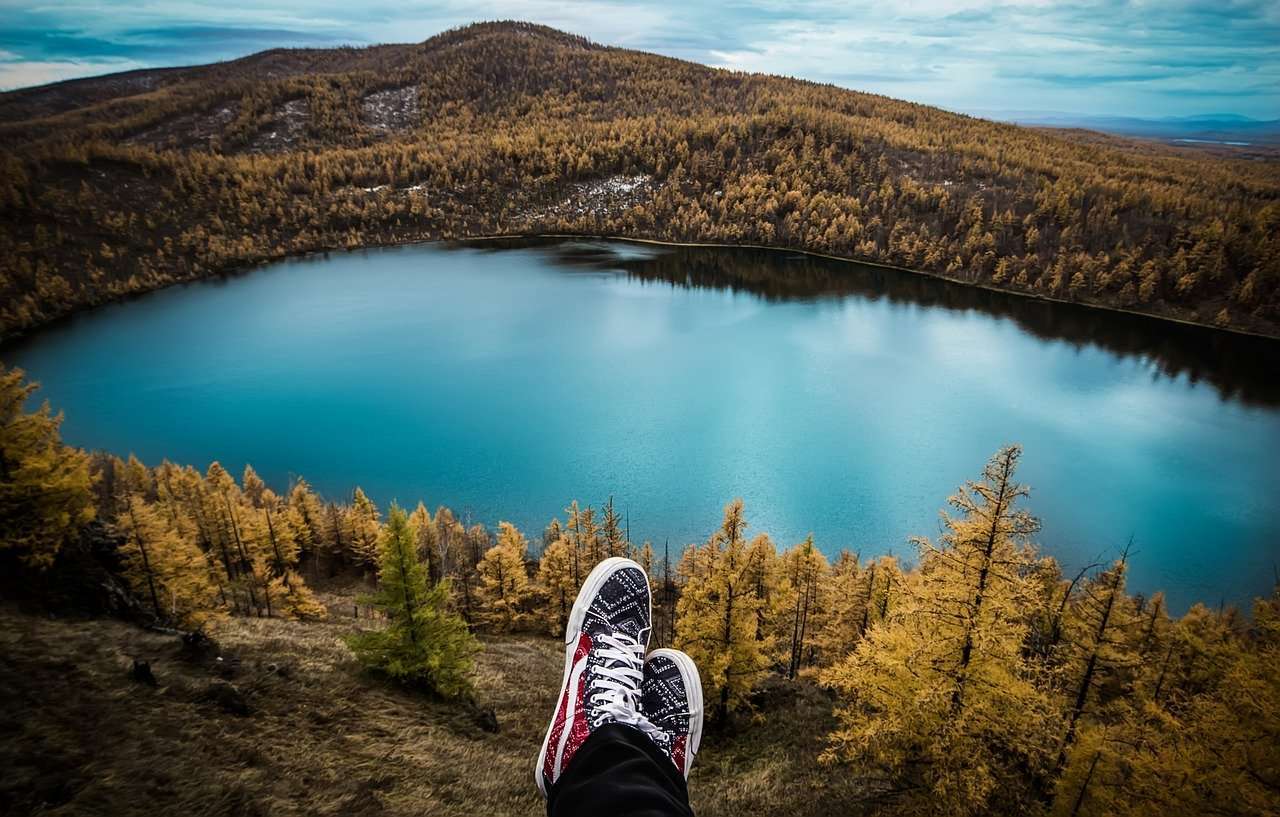
Public Holidays in Scotland
The table below lists Scotland’s official public holidays for 2024, sourced from Gov.uk. Note: If a public holiday is on a weekend, a substitute weekday becomes a bank holiday, normally the following Monday.
| Date | Day of the week | Bank holiday |
|---|---|---|
| 2 January | Tuesday | New Year’s Day (substitute day) |
| 3 January | Wednesday | 2nd January (substitute day) |
| 29 March | Friday | Good Friday |
| 6 May | Monday | Early May bank holiday |
| 27 May | Monday | Spring bank holiday |
| 5 August | Monday | Summer bank holiday |
| 2 December | Monday | St Andrew’s Day |
| 25 December | Wednesday | Christmas Day |
| 26 December | Thursday | Boxing Day |
Popular Events
Edinburgh’s Christmas: 18th November – 3rd January
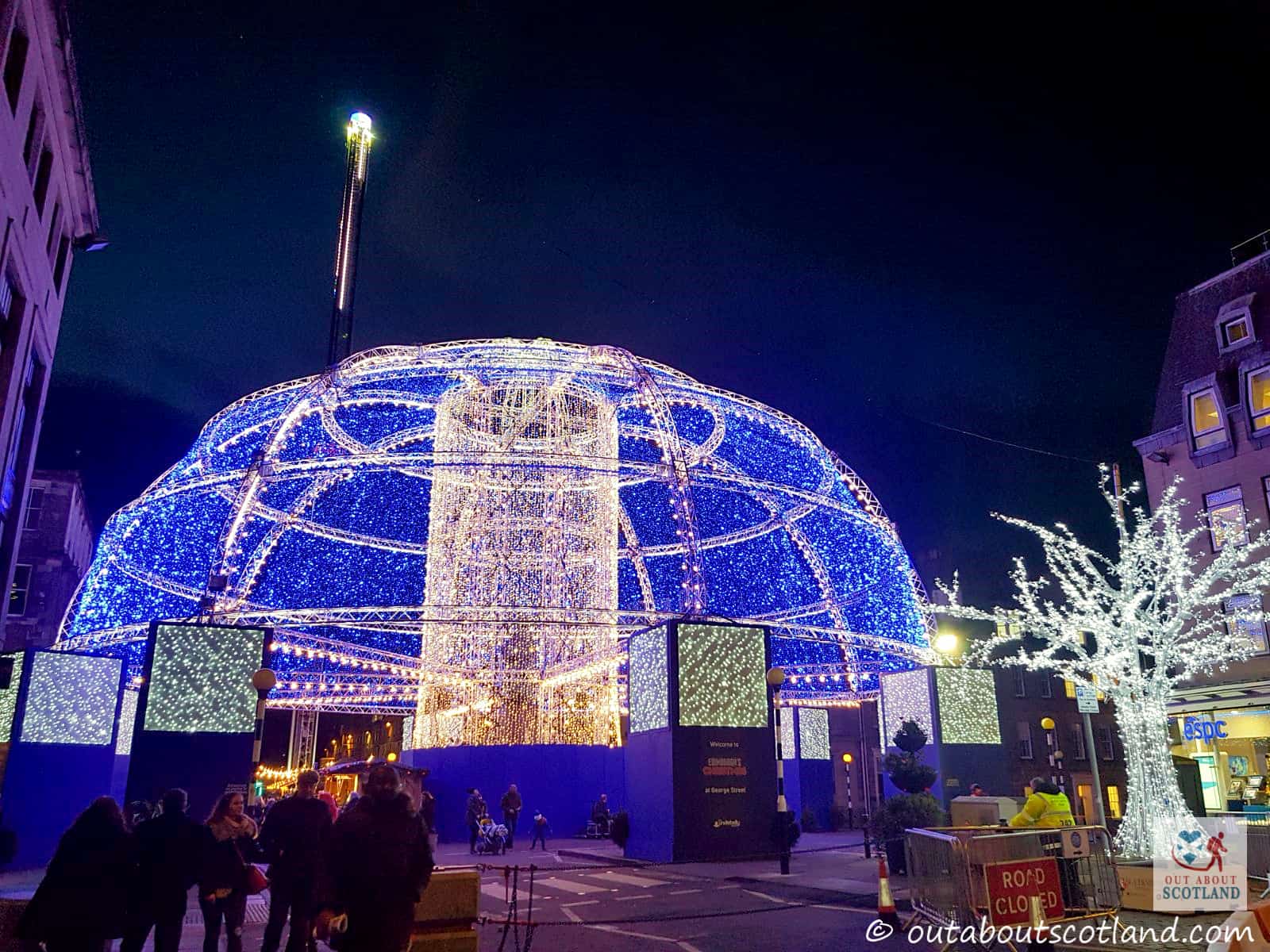
Edinburgh’s Christmas has grown from a small collection of German market stalls in Princes Street into one of the country’s biggest festivals where Christmas is celebrated with a dizzying array of fun-filled activities and shows for family members of all ages.
There’s certainly no shortage of things to do in Edinburgh at Christmas, and the city’s annual festival features everything from a fun fair to a children’s winter wonderland, pop-up bars, theatre shows, and circuses. Most attractions, such as the fun fair rides, have separate tickets, so costs can really mount up over a day, but discounts can be had by showing proof that you’re an Edinburgh resident (just present your driver’s licence or utility bill at the ticket booth).
The main area is in Princes Street Gardens, where you’ll find the majority of the market stalls and rides, and another location is located a short walk away at St. Andrew Square, where you’ll find more food stalls and rides. In recent years, the event organisers have included several Christmas-themed attractions in nearby George Street as well.
If you want to learn more about this festival, take a look at this article: Edinburgh’s Christmas.
Hogmanay: 31st December (New Years Day)
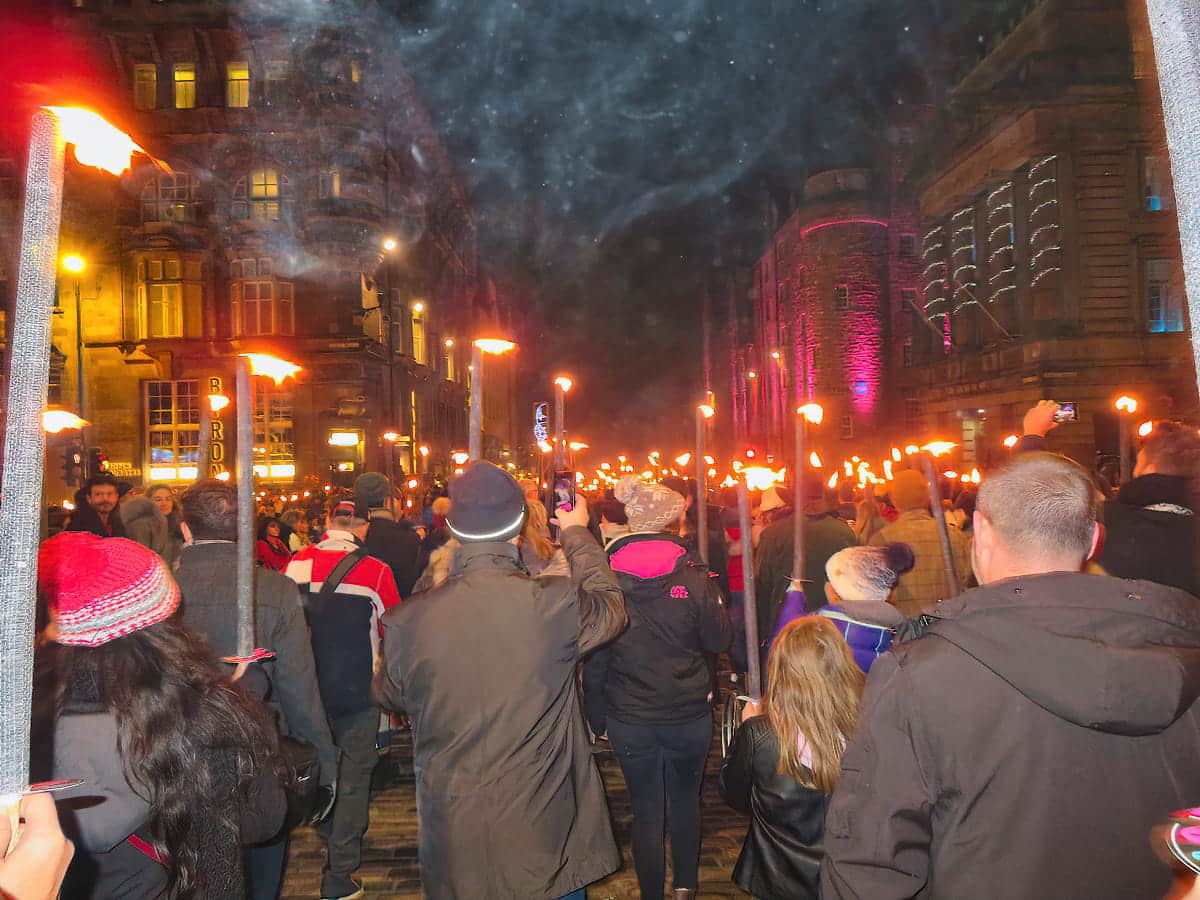
No other country in the world has as much passion as Scotland when it comes to saying goodbye to the end of one year and hello to the next, and you only have to look at Edinburgh’s Hogmanay to see the monumental efforts the Scots put into celebrating it.
Each year around 75,000 people attend the concert in Princes Street Gardens while another 100,000 watch the fireworks over Edinburgh Castle in an end-of-year blowout that’s often described as the biggest street party in the world.
The scale of Edinburgh’s Hogmanay is enormous – and maybe a little overwhelming – but you’re guaranteed a warm and friendly welcome, and you’ll no doubt suddenly find you have more new friends than you know what to do with as you dance the night away. Highlights include live music, DJs, outside bars, and the world’s biggest rendition of Auld Lang Syne. Great fun!
Oh, and if you want to learn about Edinburgh’s Torchlight Procession (a must-do if you’re in the city at this time of year), read Edinburgh’s Hogmanay Torchlight Procession.
Atholl Gathering and Highland Games: 29th – 30th May (Spring Bank Holiday)
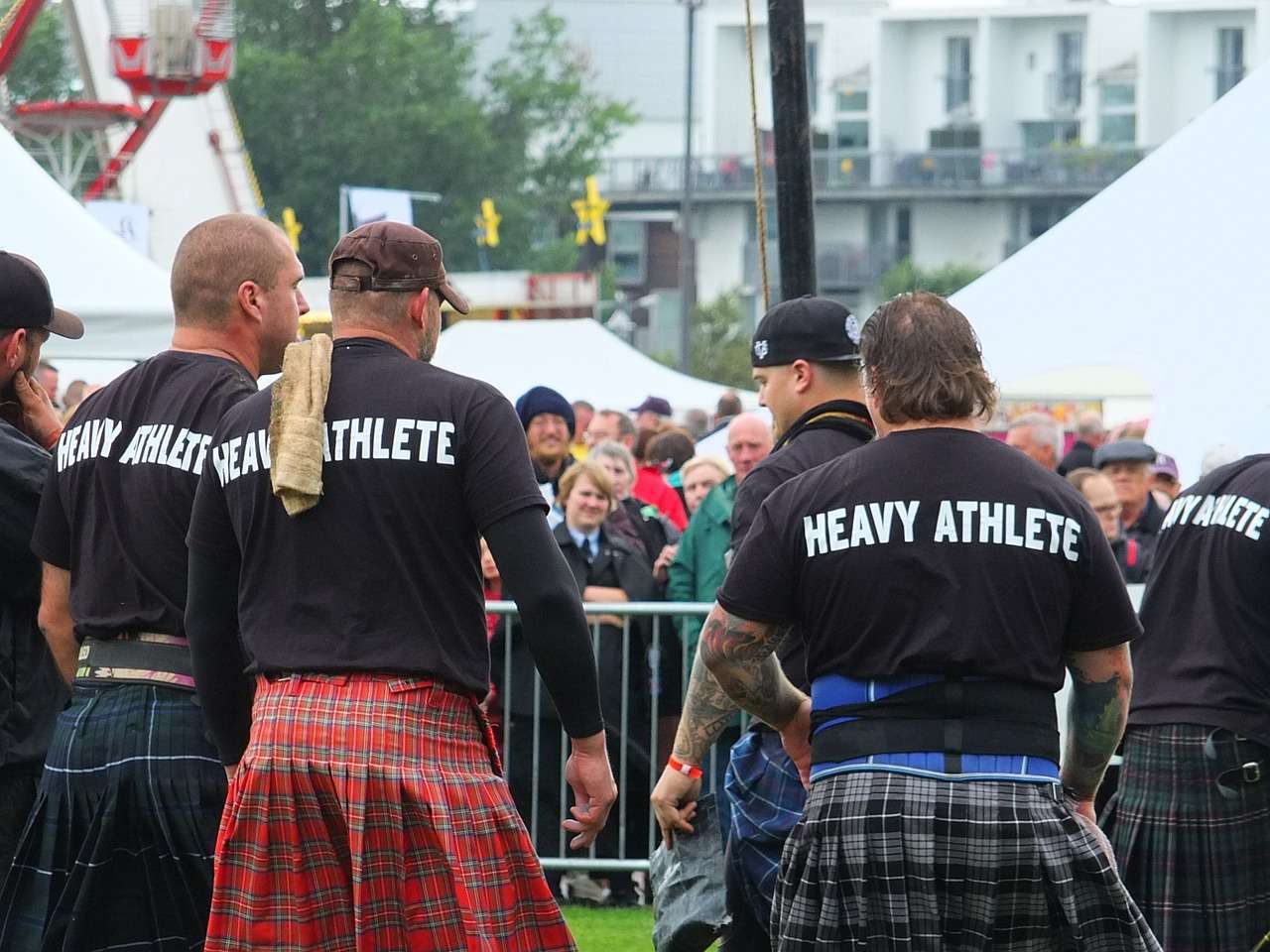
The Atholl Gathering takes place on the bank holiday at the end of May with a spectacle that treats visitors to two days of military parades and Highland games. Held at Blair Castle near the town of Blair Atholl, the event is one of the highlights of the Highland calendar and is well worth attending if you want to experience the traditions that this part of Scotland is famous for.
The parades begin with an inspection of Europe’s last remaining private army, the Atholl Highlanders, who are accompanied by the sounds of their own pipe and drum band in a memorable event that showcases the best of Scotland’s rich cultural heritage.
The second day of the gathering involves contestants battling it out to win traditional contests like tossing the caber and throwing the hammer, which trace their roots back hundreds of years to Highland warriors practising their battle techniques.
There are also Highland dancing competitions, piping competitions and tug of war competitions, so if you want to see Scotland’s best local athletes in action the Atholl games are definitely worth seeing.
Edinburgh Fringe Festival: 6th – 30th August (Summer Bank Holiday)

Edinburgh is home to the world’s biggest annual multi-arts event which has been running consecutively since its inception in 1947. Created as an alternative to the already-popular Edinburgh International Festival, the Fringe has grown in strength each year to the point where the annual figures can only be described as astounding.
Over the course of 25 days, there are on average more than 50,000 performances of nearly 2,500 different shows at 300 different locations, with close to 500,000 visitors and an astounding 2.8 million tickets sold for a total of more than £4 million in ticket sales.
The festival runs for most of August so you should be able to see it on the summer bank holiday, but if not you’ll have plenty of time to visit the event during the rest of the month.
The Fringe draws artists from all over the world, and many big-name comedians started their careers there, but you’ll also find loads of street performers and amateur acts at venues located throughout the city. It’s one of the biggest festivals of the year in Scotland, so if you want to learn more about it, read The Edinburgh Fringe.
The Saltire Festival,November (St. Andrews Day)
The Saltire Festival runs during the last week of November throughout Scotland in a series of events that celebrate Scotland and Scottish culture. You’ll find a variety of hosts providing the very best of Scottish music, food, and entertainment across the country, although one of the best events is held in East Lothian, which is the birthplace of the Saltire, Scotland’s national flag.
You’ll be treated to traditional massed pipe and drum bands, along with dancing, comedy, special horse racing events, and charity runs. At most events, you’ll be able to sample Scotland’s best produce in a gastronomic adventure that includes single-malt whisky and traditional food like haggis and bridies (similar to a Cornish pasty).
The Saltire Festival is great family fun and it’s a fantastic way to experience Scottish culture away from the usual tourist marketing hype.
Places to Visit in Edinburgh
The Water of Leith
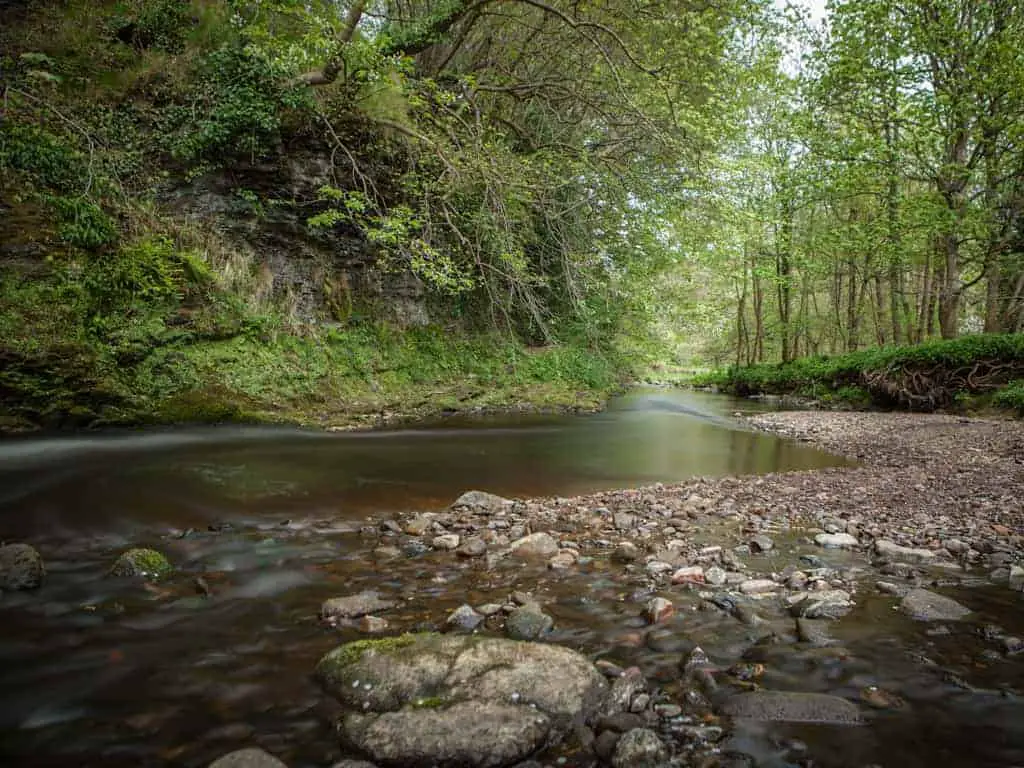
You have lots of options when it comes to finding places to visit on a bank holiday in Scotland, so choosing one really comes down to one question: What’s the weather going to be like? If it’s going to be a sunny day (admittedly a rare experience on a bank holiday), then you might enjoy going for a walk, and I can’t think of many nicer places than the Water of Leith.
This 22-mile stretch of water runs from the Pentland Hills on the outskirts of Midlothian to Leith bordering the Firth of Forth, with miles of picturesque paths along the route. The best point to enter the walkway is at Stockbridge, but as the entire Water of Leith walkway runs for 12 miles, you might consider taking a bike if you want to see it all in one day.
Failing that, I recommend you follow the Water of Leith to Dean Village which is a popular tourist attraction in its own right. After exploring the architecture of Edinburgh’s old mill town, you’ll find an excellent selection of nearby cafés and restaurants.
Camera Obscura and World of Illusions
Is the weather a bit damp? How about heading indoors? The Camera Obscura has been wowing crowds since the early 1800s when Edinburgh telescope maker Thomas Short started exhibiting his prized collection of telescopes and prisms on top of Calton Hill.
After his death, his daughter Maria took over the collection, and in time it developed into the World of Illusions that’s now located on The Royal Mile near Edinburgh Castle (I wouldn’t bother with the castle on a bank holiday due to the crowds).
The camera obscura itself is the main exhibit at this attraction, which you’ll find near the end of the tour at the highest point of the building.
It’s a fine example of Victorian engineering where an image of Edinburgh is projected onto a display table using a series of optics, and by all accounts, it blew the minds of Edinburgh’s residents nearly two hundred years ago. It’s not quite as impressive today, but it’s an interesting thing to see nonetheless, much like the rest of the exhibits.
As you make your way through the attraction, you’ll find a swirling-vortex tunnel of lights, laser-generated 3D optical illusions, galleries of image-altering mirrors, and lots of modern video trickery.
Holyrood Park
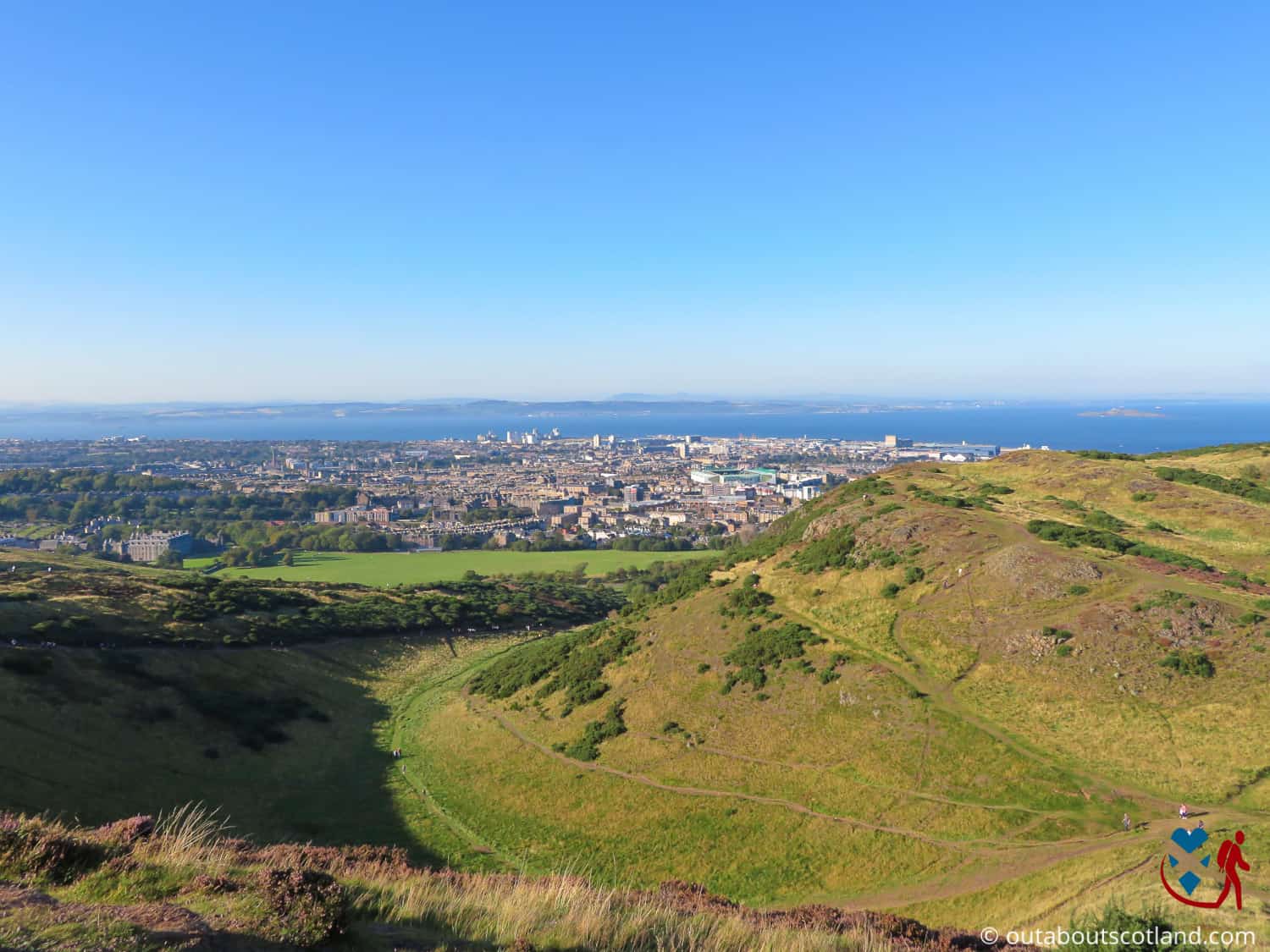
If you’re visiting Edinburgh but the weather’s changeable, you might consider heading somewhere that offers a nice outdoor space that’s close to the city centre. If that’s the case, then you need to go to Holyrood Park, situated around a mile to the east of Edinburgh Castle.
Holyrood Park is the remnant of a long-extinct volcano, and across its 650 acres of wilderness, you’ll find a wee bit of the Highlands in miniature – minus the infamous midges! What you have instead are peaceful lochans, mountain-like ridges, swathes of vanilla-scented gorse, and wide open stretches of hillsides that look like they’ve come straight out of an Outlander book.
In fact, if you closed your eyes and were suddenly plonked down in the middle of Holyrood Park, you could be forgiven for thinking you’d been transported into the Highlands, especially if you looked up at the peak of Arthur’s Seat towering 800 feet above you. Arthur’s Seat is the highest point of the park, and it offers stunning views across Edinburgh in all directions, so if you manage to make the steep climb up there, I highly recommend you make sure you have your camera with you.
Places to Visit in Glasgow
Kelvingrove Art Gallery and Museum
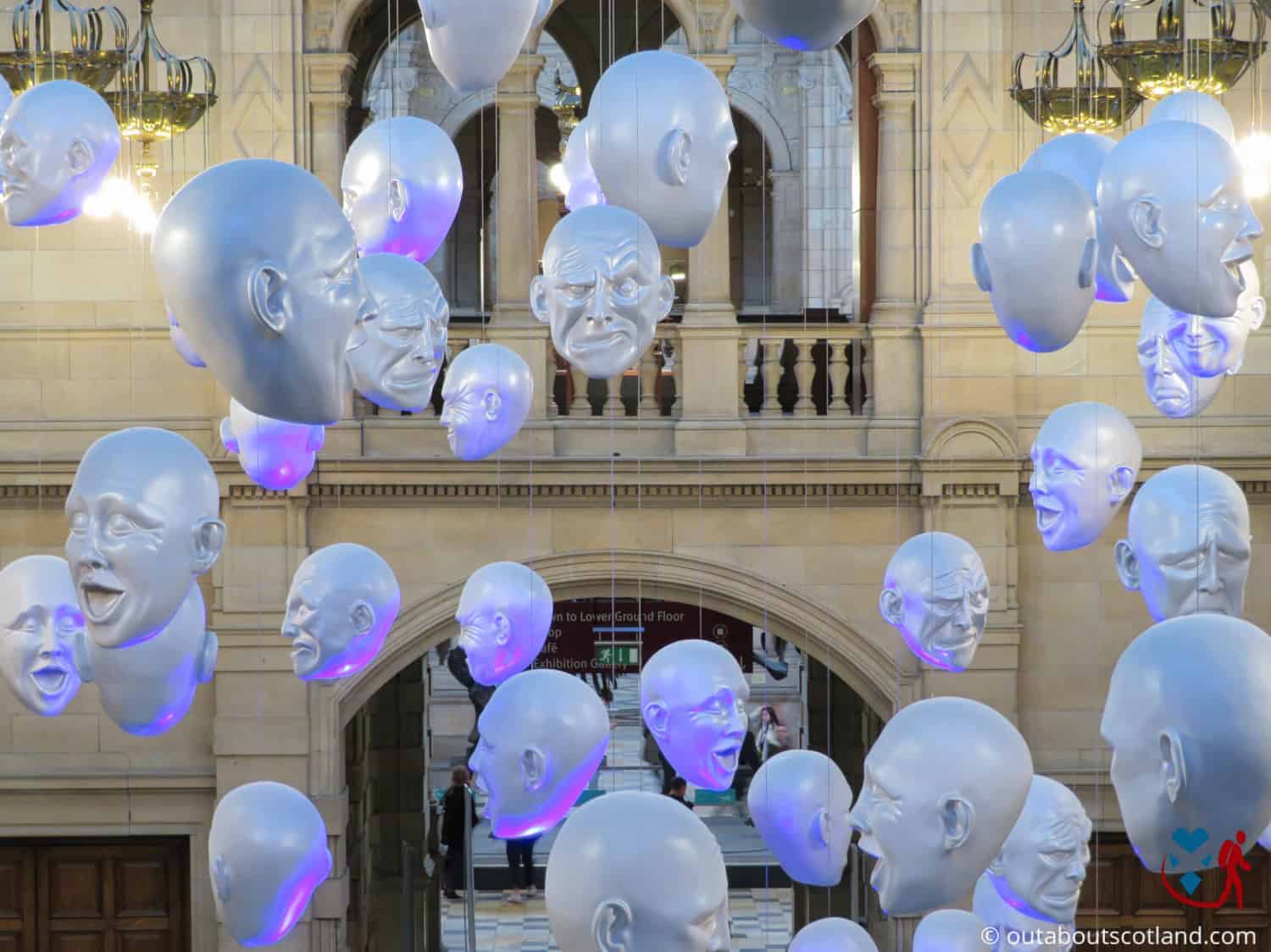
Scotland’s most-visited free attraction barely needs an article written about it, as pretty much everyone in the country knows all about the vast museum and art gallery that dominates Kelvingrove Park in Glasgow’s city centre.
The attraction has been cleverly designed so that all ages will enjoy it, from young children right up to pensioners, with displays and interactive exhibitions that cover the themes of art, science, history, and culture.
The museum consists of two sections: the art galleries and the museum, with a collection of some of Europe’s greatest artworks housed in 22 galleries and over 8,000 objects housed in the museum. There are lots of temporary exhibitions to browse at all times of the year, as well as several permanent displays like the Arms and Armour Gallery and the Charles Rennie Mackintosh Gallery.
Perhaps best of all, the museum is situated in the lovely Kelvingrove Park so you can get some fresh air on a sunny day, and it’s easy to hop on a bus to get into the city centre to enjoy Glasgow’s world-class shopping afterwards.
The Necropolis
I’ll grant you, this is one of the more odd-ball suggestions on this list, but bear with me because I think a visit to Glasgow’s Necropolis is well worth visiting on a bank holiday, whatever the weather. This attraction (except it’s not really an ‘attraction’ in the strictest sense of the word) is located next door to the city’s beautiful Cathedral and just a short distance from the fascinating St. Mungo Museum of Religious Life.
The Necropolis is an enormous Victorian cemetery that’s the final resting place for over 50,000 Glaswegians. The site covers more than 37 acres and contains over 3,500 monuments, many of which are dedicated to some of the greatest Scots that have ever lived.
What makes a visit to the Necropolis so good is that it has an other-worldly atmosphere that you can’t quite put your finger on, and the site is really quite beautiful, even if it is a graveyard. The top of the hill where John Knox’s impressive memorial stands offers fantastic views across the city, and as it’s so close to the cathedral, it’s easy to head indoors if the clouds threaten to dampen your day.
The Riverside Museum of Transport

This is another really good museum that’s free to visit (well done, Glasgow), and in my opinion, it rivals Kelvingrove for the amount of enjoyment you’ll get from it. The location of the museum is in the name, and you’ll find it on the banks of the mighty River Clyde, alongside the restored Victorian Tall Ship that’s also free to visit.
Inside the Riverside Museum, you can explore the world of transport from the earliest days of horse and carriage right up to the ultra-modern racing cars of the Formula One era, along with a few oddities thrown in for good measure. Remember the Sinclair C1? Or how about the Raleigh Chopper? These and many more restored forms of transport are included in the collection, and I think you’ll be amazed by the quality of the objects on display.
Perhaps the highlight of the entire attraction is the recreation of a Glasgow street where you’ll find coffee shops, a pub, clothes shops, and even a subway to explore. Not only that, but turn the corner and you’ll find a couple of full-size trains to look inside, as well as trams, buses, and more cars than I have time to list in this article.
Scotland’s Bank Holiday Weather
It’s impossible to predict exactly what the weather will be like on any given day, but you’ll get a good indication of the expected weather during Scotland’s seasons with the information provided below.
Spring
You can expect average maximum temperatures to range from around 7°C to 13°C during March, April, and May, although this can vary significantly each year (just look at 2018’s ‘Beast from the East‘).
Generally, though, spring is a beautiful time to visit Scotland, with flowers bursting into bloom and wildlife beginning to get active again after a long slumber. The only downside is the frequent April showers, which can put a bit of a dampener on things, but at least there’s a great range of galleries, museums, and other attractions to keep you entertained, regardless of the weather.
Summer
Summer in Scotland can be a bit hit or miss with lots of overcast days competing with beautifully clear skies, but even so, June, July and August are normally the warmest months with average maximum temperatures ranging between 15 °C to 17 °C.
For me, the best thing about Scotland’s summers is that the days are long thanks to our high latitude and you’ll often find it’s still light at 10 pm even in southerly regions like the Borders.
If you head to the far north of the Shetlands, you’ll discover that it doesn’t even get completely dark in the summer, which means you’ll have more time to pack in extra activities.

Autumn
From September to November the nights begin to draw in and the temperatures drop, although you’ll usually experience between 8 °C to 14 °C thanks to our increasingly temperate climate.
This is one of the best times of the year to get outdoors to explore Scotland’s vast wilderness areas, especially our woodland and forests which explode with vibrant colours as the trees change from lush greens to fiery reds, oranges, and yellows. Be aware, though, that you can expect a lot of grey, drizzly days, so pack to stay dry and take a waterproof jacket with you.
Winter
December, January and February are generally the coldest months in Scotland, with average maximum temperature hovering around 0 °C to 5 °C, and even colder in the mountain regions which hover around 0 °C. Note that these temperatures don’t take wind chill into consideration so if you’re planning to go on an outdoor excursion make sure you pack plenty of extra thermal layers into your bag.
While the lowlands are generally snow-free for much of the winter months, you can expect significant snowfall on the peaks and mountains of the Highlands, with around 100 days of falling snow throughout the season. If you’re coming to Scotland for skiing, you’ll find the snow sports season lasts from November to April, but check the snow forecast before you head out.
Facts About Bank Holidays in Scotland
Christmas Day
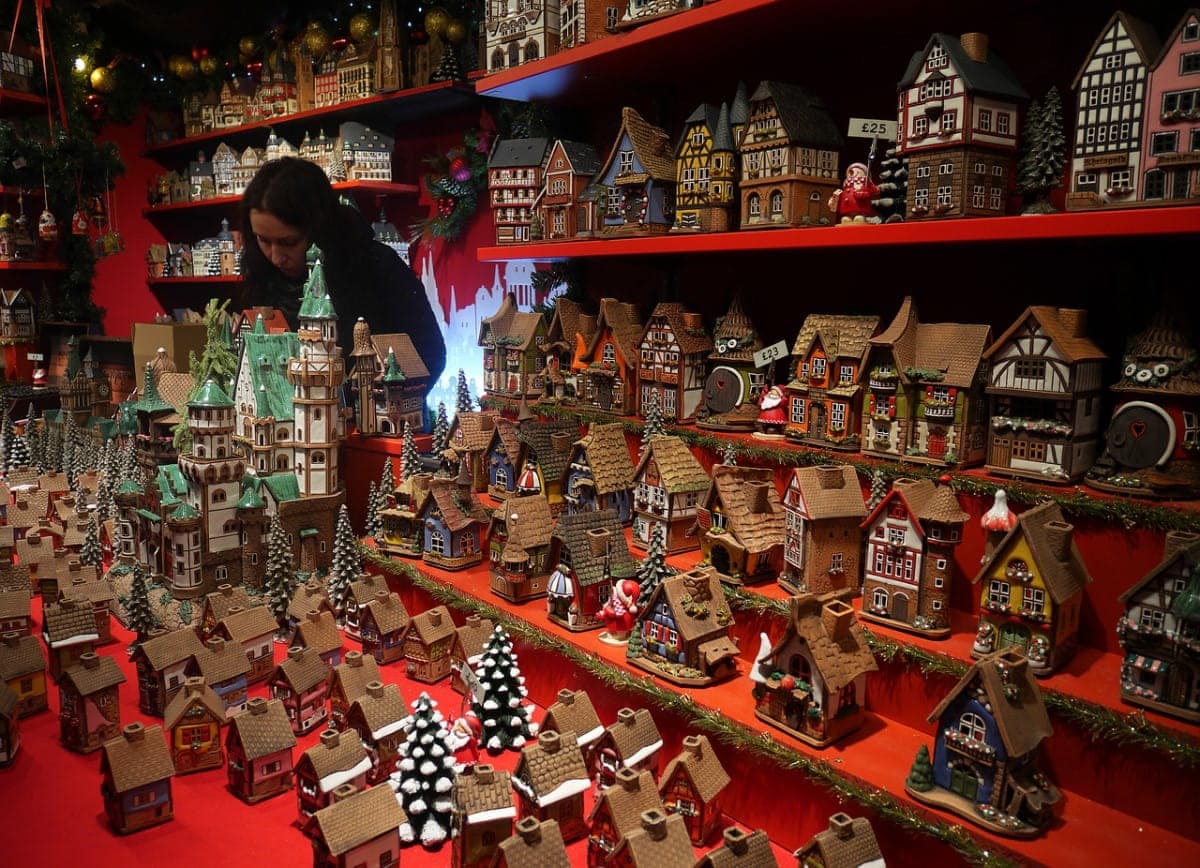
By far the most popular day of celebration in the entire calendar, Christmas Day has become an event that lasts for the whole month of December in the UK, with shopping and preparations often beginning much earlier in November.
While the modern origins of Christmas are religious – it’s a celebration of the birth of Jesus, after all – it was actually introduced into the modern calendar to coincide with pre-Christian celebrations of the winter solstice. The most important of these ancient rituals was Yule, a pagan winter festival that the Germanic people originally observed. The lunar cycle determines the date, which is typically between late December and early January.
The date of December 25th was at one time a popular Roman holiday dedicated to the god Saturnalia, the god of agriculture, but over time it became mixed in with the celebrations of several sun gods into one large annual festival.
It wasn’t until AD 350 that Pope Julius I officially named December 25th as the day to mark the birth of Jesus, a date which was likely chosen to replace the pre-existing pagan festivals.
Boxing Day
While the exact origins of this tradition are unknown there are a couple of theories that are widely believed to be the most likely explanations for the term ‘Boxing Day’. First, we know that although wealthy families gave presents to each other on the 25th, their servants had to wait until the 26th, at which time they would be given gifts presented in a box as a way of saying thank you for their loyal service, hence the phrase ‘Boxing Day’.
The second theory stems from the custom of priests opening up their charity boxes, which had been filled over Christmas, so they could hand out money to the poor, a tradition that continues to this day in many churches in Scotland. But wherever the meaning of Boxing Day comes from, today we tend to use it as an extra day to recover from the excesses of Christmas, at least until the celebrations begin again on Hogmanay.
New Years Day
In the old Roman calendar, New Year’s Day was actually observed on the 15th of March and it wasn’t until 153 BC that the Romans changed the start of the year to the 1st of January. Before then both January and February were actually at the end of the calendar year.
The name for the first month of the year comes from the name given to the Roman god of doors and gates, Janus, who had two heads – one looking forward and one looking backwards – which, I guess, makes sense for a month that’s saying goodbye to one year and hello to the next.
After the Romans departed from Britain there were a number of different dates that were used to mark the start of the new year, but in 1582 the Roman Catholic church officially adopted January 1st as the official date in the Gregorian calendar, and it has remained that way ever since
Good Friday
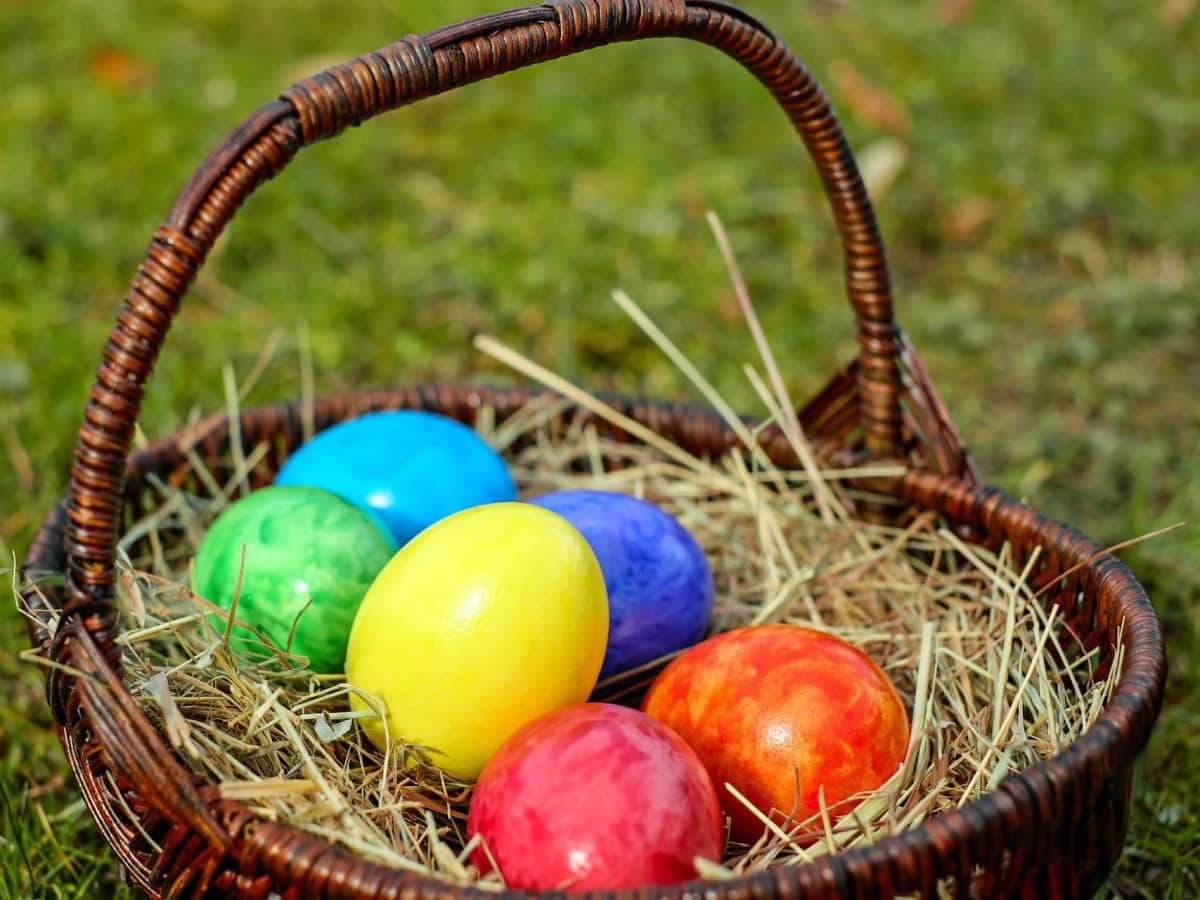
This is another bank holiday that stems from an event in Christianity, this time the death and resurrection of Jesus. While Good Friday was originally seen as a day of mourning it has lost a lot of its significance in modern British culture, although there’s still a large percentage of the population that regards it as a religious festival.
The name Good Friday is believed to have come from several possible origins throughout history, but the most common theories are:
- ‘Good’ Friday derives from ‘Holy’ Friday, back when good meant holy in old English.
- Good Friday is a corruption of the phrase ‘God’s Friday’.
- Good Friday stems from Jesus’s resurrection, which was a ‘good’ day.
Whatever the original meaning, unless you’re particularly religious the day is generally blended into a long weekend, with Good Friday at the start and Easter Sunday/Monday at the end. While the religious principles behind it are waning in popular culture, Good Friday is still celebrated to a certain degree as part of the Easter event.
Frequently Asked Questions
When are Scotland’s public holidays in 2023?
7 April, Friday, Good Friday
1 May, Monday, Early May
8 May, Monday, Coronation Bank Holiday
29 May, Monday, Spring
7 August, Monday, Summer
30 November, Thursday, St Andrew’s Day
25 December, Monday, Christmas Day
26 December, Tuesday, Boxing Day
What will the weather be like on Scotland’s bank holidays?
Spring: Expect average maximum temperatures to range from around 7°C to 13 °C during March, April and May.
Summer: June, July and August are normally the warmest months with average maximum temperatures ranging between 15°C to 17°C.
Autumn: From September to November the nights begin to draw in and the temperatures drop, although you’ll usually experience between 8°C to 14°C.
Winter: December, January and February are generally the coldest months in Scotland, with average maximum temperature hovering around 0°C to 5°C
What are the most popular bank holiday events in Scotland?
Edinburgh’s Christmas – (Christmas Day), Edinburgh’s Hogmanay – (New Year’s Day), Atholl Gathering and Highland Games – (Spring bank holiday), Edinburgh Fringe Festival – (Summer bank holiday), The Saltire Festival – (St. Andrews Day).
How many annual bank holidays does Scotland have?
Scotland has 10 bank holidays annually.
Are shops open on bank holidays in Scotland?
In Scotland, most shops are allowed to open on bank holidays, including those that are normally closed on Sundays. However, there are some exceptions, such as smaller convenience stores that may choose to remain closed on bank holidays and larger stores that may decide to have reduced hours of operation.


